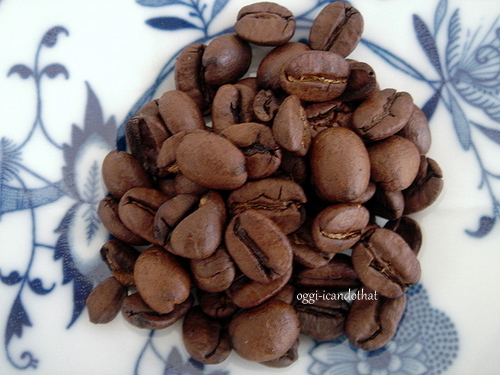

When I'm chatting on the telephone with my friends we somehow always end up talking about food. A friend mentioned that she and her husband visited Austin, TX and brought home 10 pounds of jalapeño sausages from a German sausage shop. She was raving about them that I looked at my Charcuterie book for a similar recipe but couldn't find any using fresh jalapeños. So I adapted the fresh bratwurst recipe from Charcuterie and added sliced fresh jalapeños and cubed aged cheddar cheese. The sausages are so soft, juicy, slightly spicy, and cheeseliciously fantastic! These sausages will also be great on the grill and they're absolutely perfect with truffle oil flavored baked/sauteed red potatoes.
Oggi's Jalapeño and Cheese Bratwurst
3½ pounds pork shoulder, cubed, leave in freezer for half an hour
½ pound pork fat, cubed
2 tablespoons kosher salt
1 teaspoon ground white pepper
2 teaspoons ginger powder
1½ teaspoons ground nutmeg
½ cup soy protein powder, optional
2 small eggs, lightly beaten
1 cup very cold heavy cream
ice water, if needed
1 cup thinly sliced fresh jalapeño peppers with seeds
2 cups aged white cheddar cheese, diced into ¼ inch cubes
hog casings, softened in warm water for half an hour
- Mix first 7 ingredients. Grind using a small die into the bowl of a stand mixer atop another bowl of ice water.
- With paddle attached, add the eggs and mix on low speed. Slowly add heavy cream and increase speed to medium until mixture is sticky. Add ice water 1 tablespoon at a time if mixture appears too dry and difficult to mix. Add jalapeños and cheese and mix on low until evenly distributed.Heat a small skillet and fry a tsp of the sausage. Taste and adjust seasoning. Stuff casings and twist into 6-inch links.
- To cook: put 2 T water on a skillet, add 6 links, cover and let simmer on low-medium heat until all the water has evaporated. Uncover, add 1 T light olive oil and fry until golden brown. Freeze uncooked links. Thaw in the refrigerator before cooking.
1 pound small red potatoes, cut into 1-inch cubes
¼ sliced shallots
2 tablespoons good olive oil
1 tsp salt
dash ground black pepper
1 tablespoon chopped flat leaf parsley
black truffle flavored extra virgin olive oil
- In a deep roasting pan, mix potatoes, shallots, olive oil, salt, and pepper.
- Bake in a 350 degree oven until potatoes are golden brown. Add parsley and sprinkle with truffle olive oil. Serve immediately.
- Or, saute potatoes in olive oil for 4 minutes, add onions, salt, and pepper and continue to stir fry another 5 minutes or until potatoes are soft and golden brown. Add parsley and truffle oil.

















